How to Get Water Out of Your Ears: 5 Easy Ways
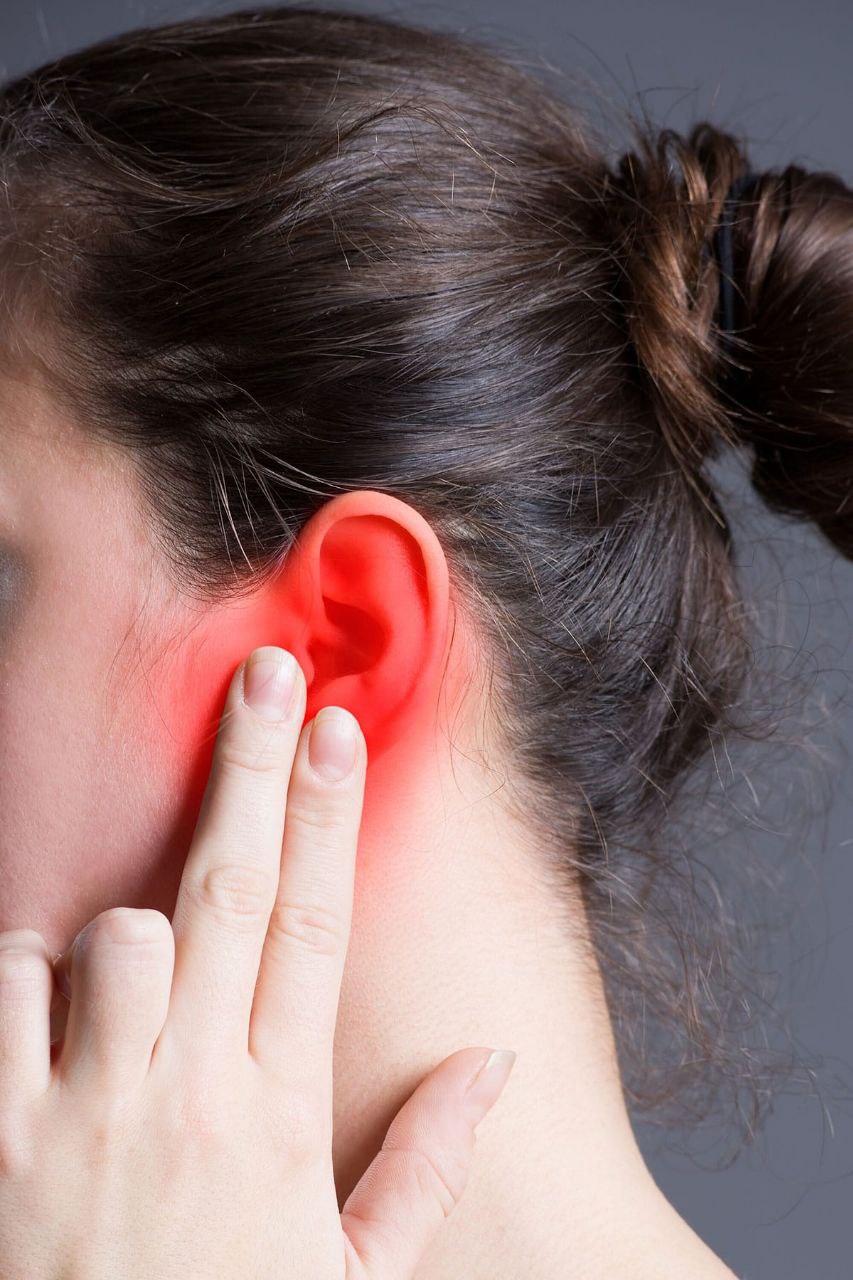
Related products
After a swim or bath, water may build up in the ears. Try these do-it-yourself fixes to get rid of it. One way to absorb water is to put a towel corner into the ear canal entrance. Using the ear in various directions to gently massage it is another way to cause water outflow. Force is not a good idea while using these home cures or any other technique since harsh handling permanently harms one's hearing. Seeking further evaluation from a medical practitioner is advised if these steps are unsuccessful in relieving symptoms or if one has additional symptoms like inner ear discomfort or discharge. This guarantees safe water recovery and the correct handling of any underlying problems.
Some ways to get water out of the ear are:
Applying a warm compress
- Once a towel or washcloth has been submerged in warm water, squeeze off any excess liquid. Ensure the towel is not too hot to prevent burns or ear discomfort.
- An ear compress applied warm helps relieve localized congestion and encourages ear tissue relaxation.
- Head incline, towel creased, compress placed over ear. Stay in that posture for a small quantity of time to let the heat soothe the ear and encourage fluid discharge.
- It is helpful to apply other methods, including yawning or gently pulling on the ear, if the ear has heated up enough to encourage further ear canal cleaning.
Evaporating the trapped water
- One way to remove the last moisture from the ear canal is to use a blow dryer. To do this, lie the head on a cushion or cloth, ensuring the afflicted ear faces the blow dryer.
- Turn down the blow dryer to the lowest setting and ensure the equipment is kept at least one foot away from the head. Tension the ear lobe to increase the airflow entering the ear.
- Make sure to work in a spotless setting devoid of dust, hair, or other airborne particles that enter ears. Ensure the gadget is placed far away from any possible air pressure or engine noise-related injury to the sensitive auditory structures.
Homemade remedies
Vinegar and alcohol could help the ear get rid of moisture and dirt. Water evaporation is accelerated by alcohol. Vinegar and alcohol help kill germs, break down earwax, and clear out other ear blockages. Mixing equal parts rubbing alcohol and white vinegar produces a solution. After the mixing, tilt the head so that the afflicted ear faces upward, and then add a few drops. Massaging the outside of the ear, gently apply the liquid. After thirty seconds, please remove it from the ear and let it run down the drain or into a towel. Clean and dry the outside of the ear thoroughly.
Those with ear conditions, including an ear infection, an eardrum rupture, or open ear incisions, must not use these treatments. People get water from their ears and avoid ear infections using lukewarm olive oil. Following a few drops of the oil applied directly to the ear, spend a few minutes lying on one side. Lean forward, cock head, and let the liquid run out.

Diluted hydrogen peroxide
Treatments with hydrogen peroxide help eliminate wax and other debris from the ear canal, which creates problems by holding water. Although it keeps dirt and pollutants out of the ear, too much earwax clogs the ear or retains water. Among the over-the-counter (OTC) ear drops are hydrogen peroxide and other chemicals that help dissolve sticky or compacted earwax and other fluids lodged in the ear canal.
A diluted hydrogen peroxide solution is useful for ear canal cleaning. To make the solution, combine equal parts of water and 3% hydrogen peroxide—the amount that specialists often recommend for eliminating earwax.
Ascending the head helps to place the afflicted ear higher. Put two or three drops of the solution into the afflicted ear and let it take a few minutes to work. After a small quantity of head rotation that lets the ear drain into a cloth or basin, thoroughly dry the outer ear.
Creating a vacuum
- Gently applying reverse pressure with the palms could help to remove the water from the ear.
- Turn the head lateral to place the afflicted ear lower. Give hand a complete circle around the ear to include the ear canal as well.
- Once again, retract after putting light pressure on the head and stretching the cupped hand towards the ear. The hand must flatten when pressure is applied to the ear, then return to its cupped form. With this workout, the user is supposed to experience ear suction and then release.
- Repetitively tilt the head downward to let the liquid drain. One must try to adjust the earlobe again to help with the water drainage.
Moving earlobe
Many people automatically tuck or adjust their ears when water gets into them.
A few minutes of lying on one side and being still helps remove the fluids from the ear.
Orient the afflicted ear downward by bending the head. Holding the earlobe with the thumb behind the ear, move it in different directions while employing a little pulling power. This encourages the ejection of any collected water by agitating the inside of the ear.
Within this therapy's framework, manipulating the ear's interior portions is beneficial. Try yawning, wriggling the jaw, or chewing food hard to help the water flow into the external canal. Finally, give the earlobe a little twist.
Don'ts for getting water out of the ear
A few fundamental ideas must be considered when removing water from the ear.
Among the things to refrain from are:
- Pushing items into the ear canal, including cotton swabs, paperclips, or bobby pins
- Finger introduction into the ear canal
Closely positioned blow dryers, fans, or other air-propelling devices can damage sensitive ear structures with too much pressure or noise.Those with previous ear tubes, ear infections, or a ruptured eardrum must not use any ear drop techniques.
Preventing water from getting trapped
To assist avoid water becoming stuck in the ear, follow these broad guidelines:
- Swimming or bathing with earplugs, ear moulds, or a hat on.
- Staying with head above the water's surface
- After getting out of the water, wipe the outside of ears with a dry towel.
- Long periods spent sweating, like during intense activity, must not be spent using headphones or earbuds.
- Get medical guidance on routine wax accumulation and methods for keeping ears clean.
However, the safest, most successful, and least expensive course of action is to create a seal in the ear using petroleum jelly and cotton balls to keep water out while showering. People who swim, play water sports, or spend much time submerged in water often wear earplugs. Drying the head entirely and shaking it vigorously help remove water from the ears.
Risks of having water in the ear
Long-term water retention in the ear causes an infection. Usually, an immune reaction that shows up as symptoms results from bacteria in the water or ear finding the best environment for development. Known by most as swimmer's ear, acute otitis externa is more common in swimmers who swim in bacterially rich water, including lakes. Swimming pools and spas are usually safer because they routinely check pH levels and germs. Those who already have ear-affecting chronic dermatological disorders like psoriasis or eczema are more likely to have swimmer's ear. While the ear has many defence systems to stop infections, some conditions make an infection more likely to happen, such as:
- Too wet within the ear
- Abrades or lacerations of the ear canal
- Extreme sensitivity to hair ornaments or jewellery
Medical professionals advise swimmers with swimmer's ears to use earplugs while swimming and then completely dry their ears with a towel or blow dryer.
Infection and other complications
A developing infection causes a person to itch terribly and feel excruciating agony. Touching the ear becomes rather uncomfortable. Pus or fluid discharge occurs. A fever, enlarged neck lymph nodes, and face, neck, or side of the head pain are signs of a serious illness.
Some people have chronic otitis externa or recurrent ear infections, which also cause them to lose their hearing temporarily. Once the condition has healed, hearing frequently improves. Rarely, a swimmer's ear left untreated results in bone and cartilage damage or malignant otitis externa. Sometimes, ear infections left untreated go to the base of the skull or the cranial nerves. A doctor who treats a swimmer's ear feels for erythema and edema in the ear canal and asks about the patient's degree of discomfort. In cases of severe or recurrent infections, a physician chooses to do an ear culture, whereby a sample of any unusual fluid or discharge from the ear is collected and examined for the presence of bacteria or fungus.
People Also Ask
Is it possible to damage ears by trying to remove water from it?
Yes, making forceful attempts at trying to remove water from ears can damage it. It often worsens the condition by pushing the water further inside into the ear canal till it perforates the eardrum. It is crucial to use gentle methods or consult a healthcare expert for help in the matter.
Are there any preventative measures to avoid water getting trapped in the ears?
Most common preventative measures to avoid water getting trapped in the ears include tilting the head to drain water after taking a shower or a swim. The use of ear plugs and swim caps are also encouraged for such purposes. It is crucial to understand that inserting cotton swabs to drain the excess water only worsens the condition by pushing the water further deep into the ear.
Ear drops helps in getting water out of the ears. How?
Ear drops are effective in removing excess water from the ears by breaking the surface tension of the water inside the ear. It breaks the bond and make it easier to drain out of the ear. It is important to consult a healthcare expert to understand its use and dosage for getting water out of ear or any other health concern.
Conclusion
After swimming or showering, one must remove water stuck in ears using a few easy at-home methods. A warm compress or do-it-yourself treatments like alcohol and vinegar solutions or diluted hydrogen peroxide are just a few ways to accommodate diverse tastes. However, if at-home treatments do not work or there are further signs, including discharge or discomfort in the inner ear, one must stop using force and get help. Following this advice and taking preventative steps help people protect their ears and reduce the likelihood of problems like infections.








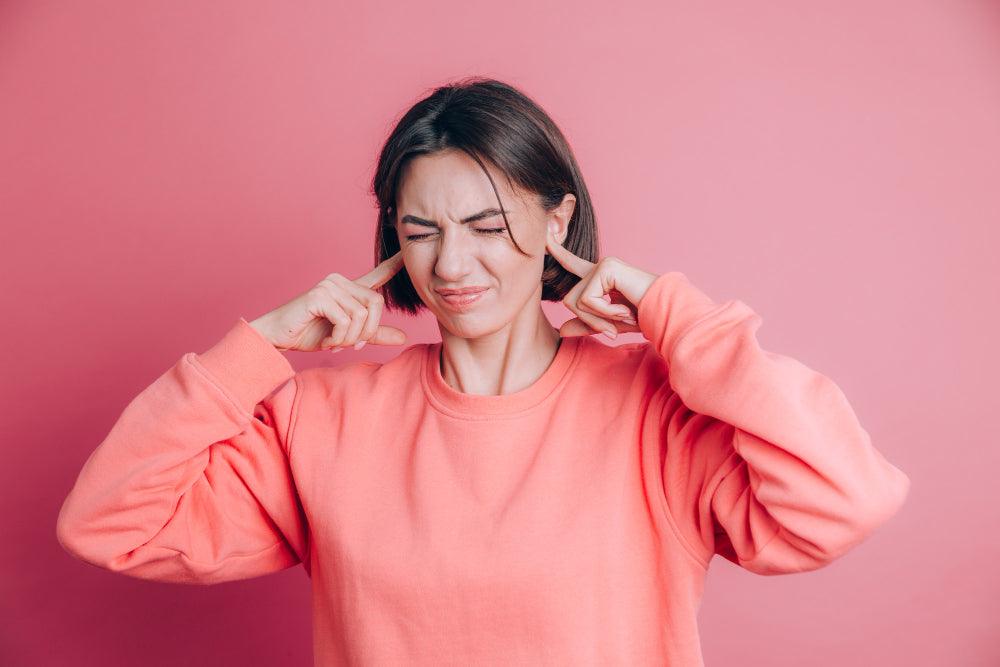








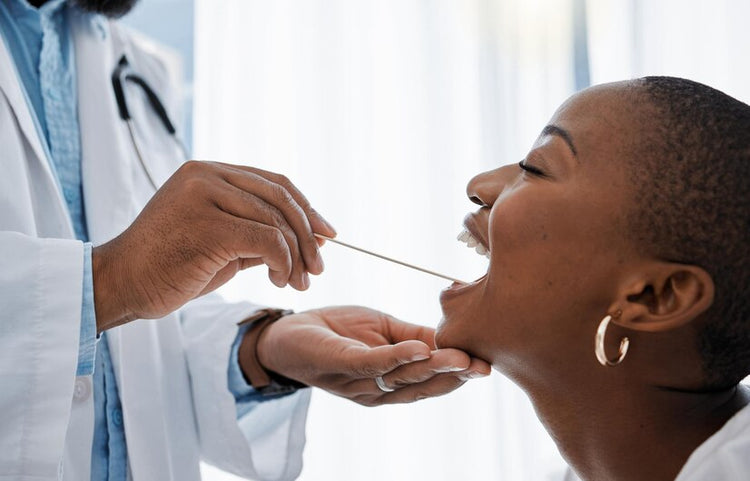


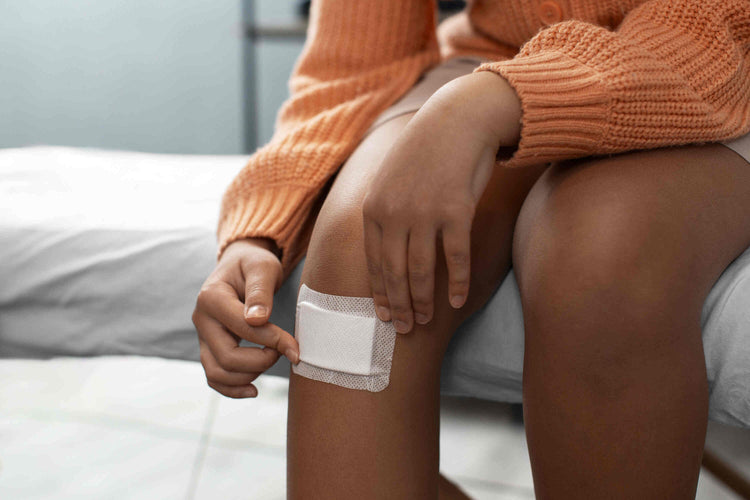

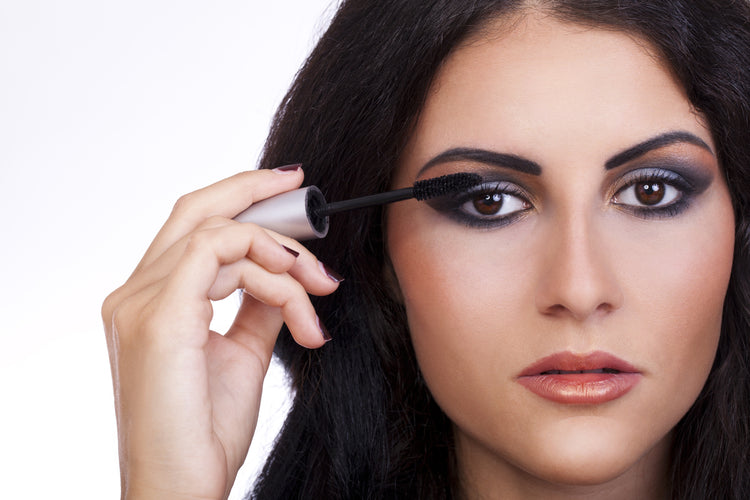

 Rated Excellent by 26,523+ Reviews
Rated Excellent by 26,523+ Reviews